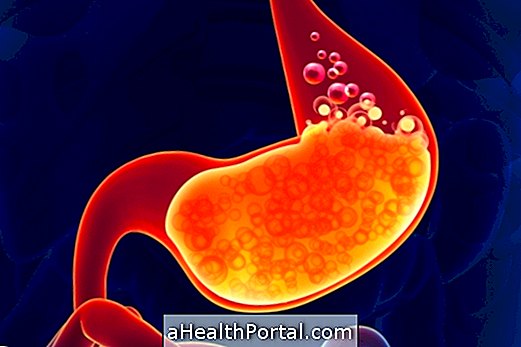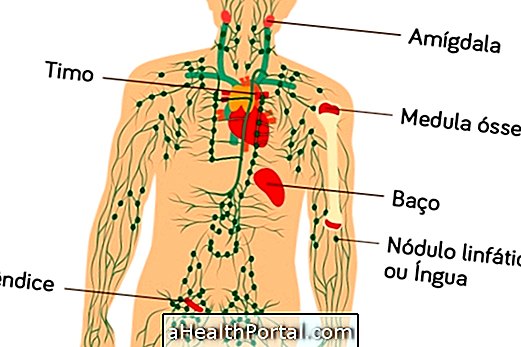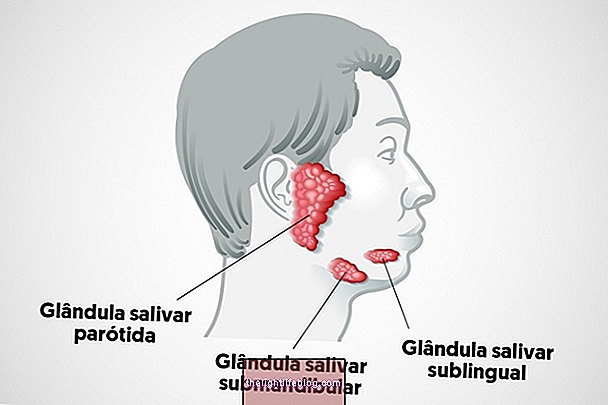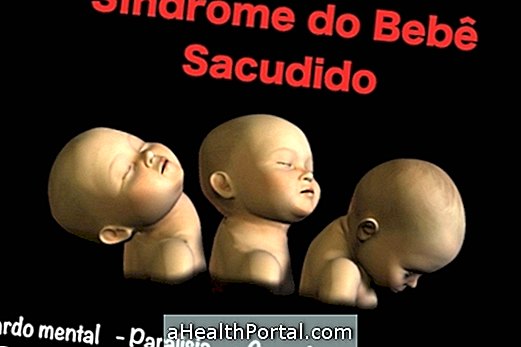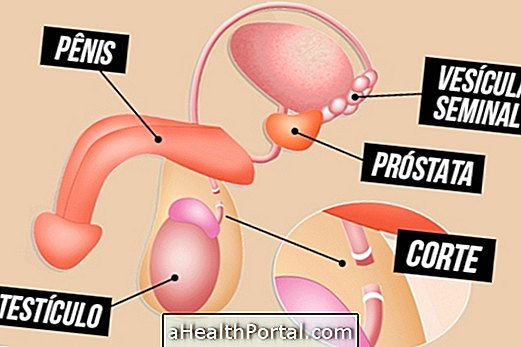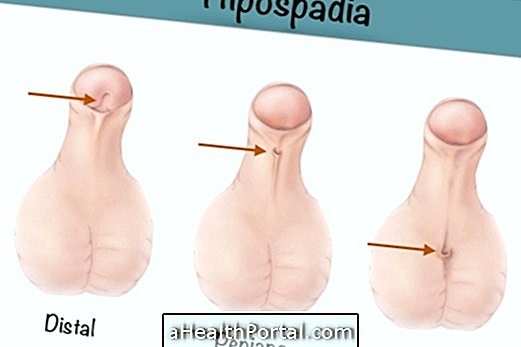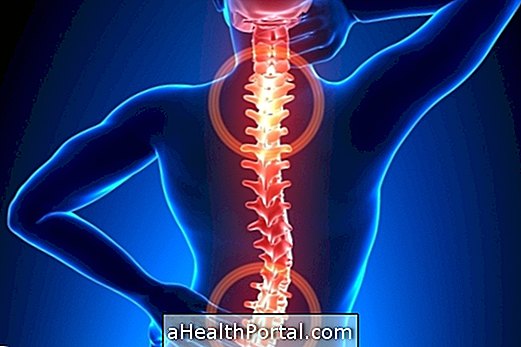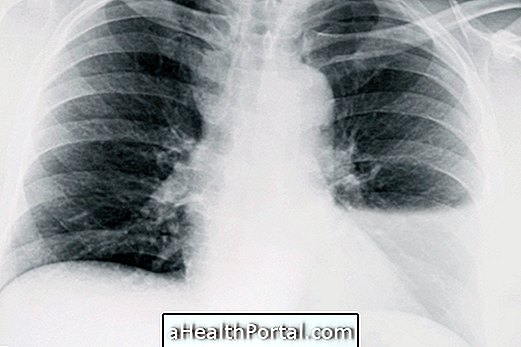Intestinal intussusception is a serious condition in which one part of the intestine slides into another, which may interrupt the passage of blood to that portion of the intestine and cause a serious infection, obstruction, perforation of the intestine or even death of the tissues.
This bowel disorder is more common in children up to 3 years of age, but can also occur in adults, causing symptoms such as severe vomiting, swollen belly, severe pain, diarrhea, and blood in the stool.
When these symptoms develop, one should always suspect a bowel disorder and it is therefore important to go to the hospital quickly to identify the cause and initiate appropriate treatment, avoiding complications.

Main symptoms
Intussusception is more common in infants, and therefore the most common initial symptom is intense and sudden crying, which arises for no apparent reason and does not improve. However, as this bowel disorder also causes a rather intense pain, the child can also bend the knees over the belly.
Generally, the pain appears and disappears over time, for 10 to 20 minutes and therefore it is normal for the child to have crying crises throughout the day. Other common symptoms include:
- Stool with blood or mucus;
- Diarrhea;
- Frequent vomiting;
- Swollen belly;
- Fever above 38º C.
In the case of the adult, intestinal intussusception may be more difficult to identify because the symptoms are similar to other intestinal problems, such as gastroenteritis, for example, and therefore the diagnosis may be more difficult to do and it is recommended to go to the hospital. In these cases, the most common symptom is an abdominal pain that appears and disappears over time.
How to confirm the diagnosis
The diagnosis of intestinal intussusception should be made in the hospital, as several tests such as x-ray, abdominal ultrasound or tomography may be necessary to diagnose other problems that may cause similar symptoms, such as hernia, intestinal volvulus, gastroenteritis, appendicitis or testicular torsion. .
What are the possible causes
Most cases of intestinal intussusception occur in children, and in these cases the cause is undetected, but appears to be more frequent during the winter due to the presence of viruses in the body.
Already in the adult, this type of intestinal alteration is more common as a result of a polyp, tumor or intestinal inflammation, although also it can appear in people who have undergone bariatric surgery.
How is the treatment done?
Treatment for intestinal intussusception should be started as soon as possible in the hospital, starting with the administration of serum directly into the vein to stabilize the body. In addition, a tube may need to be placed from the nose to the stomach to draw fluid and air that may be pushing the intestines.
Then, in the case of the child, the doctor can make an air enema to try to put the intestine in the correct place, and it is rarely necessary to resort to surgery. In the adult, surgery is usually the best form of treatment, since besides correcting the intussusception it can also allow to treat the problem that was in the cause of the intestinal alteration.

